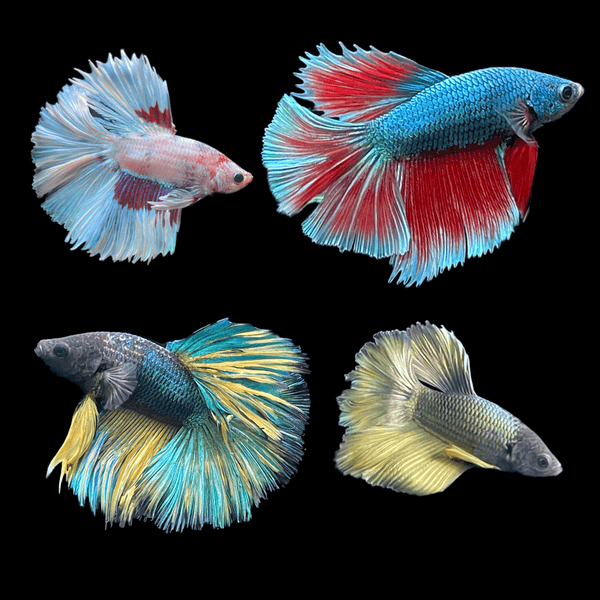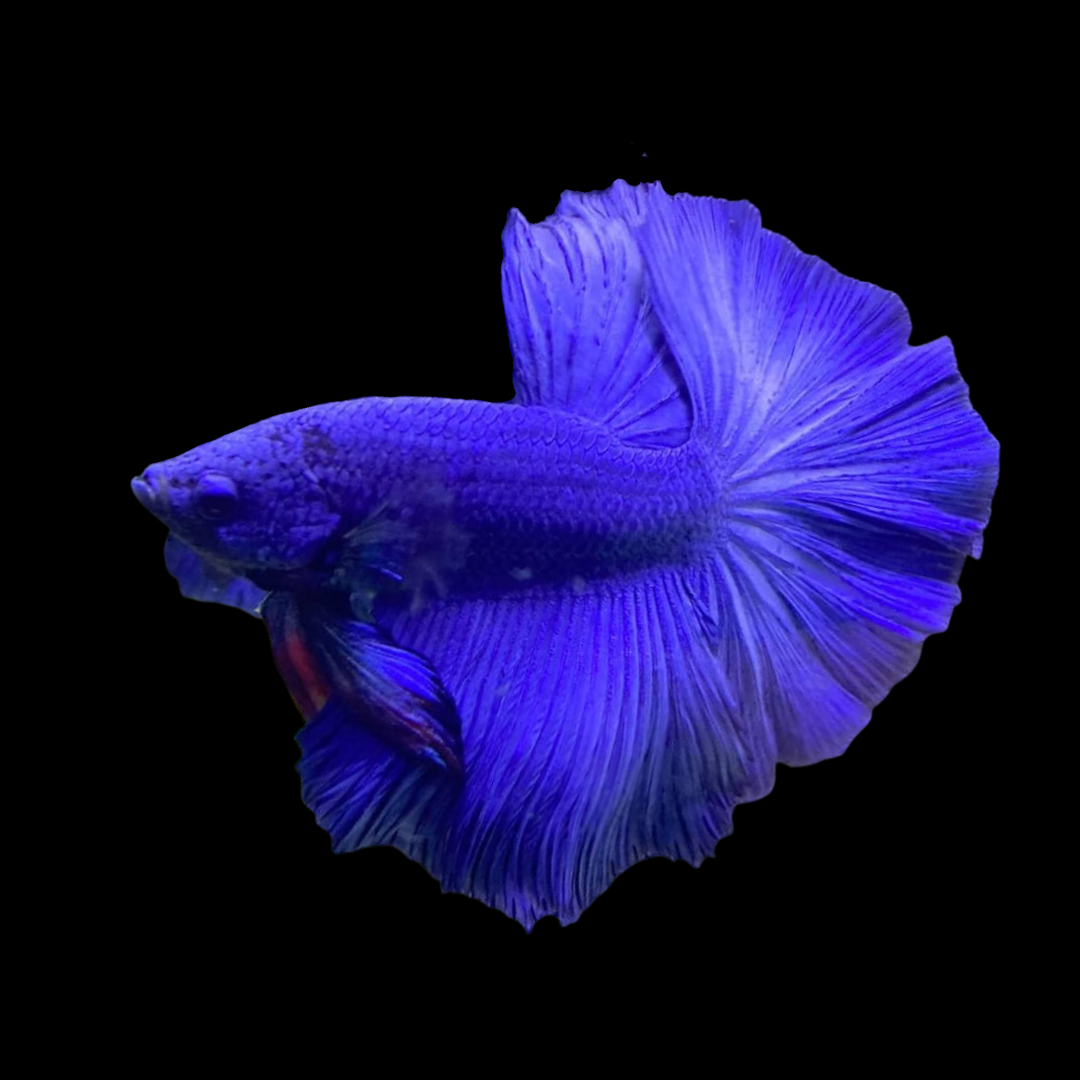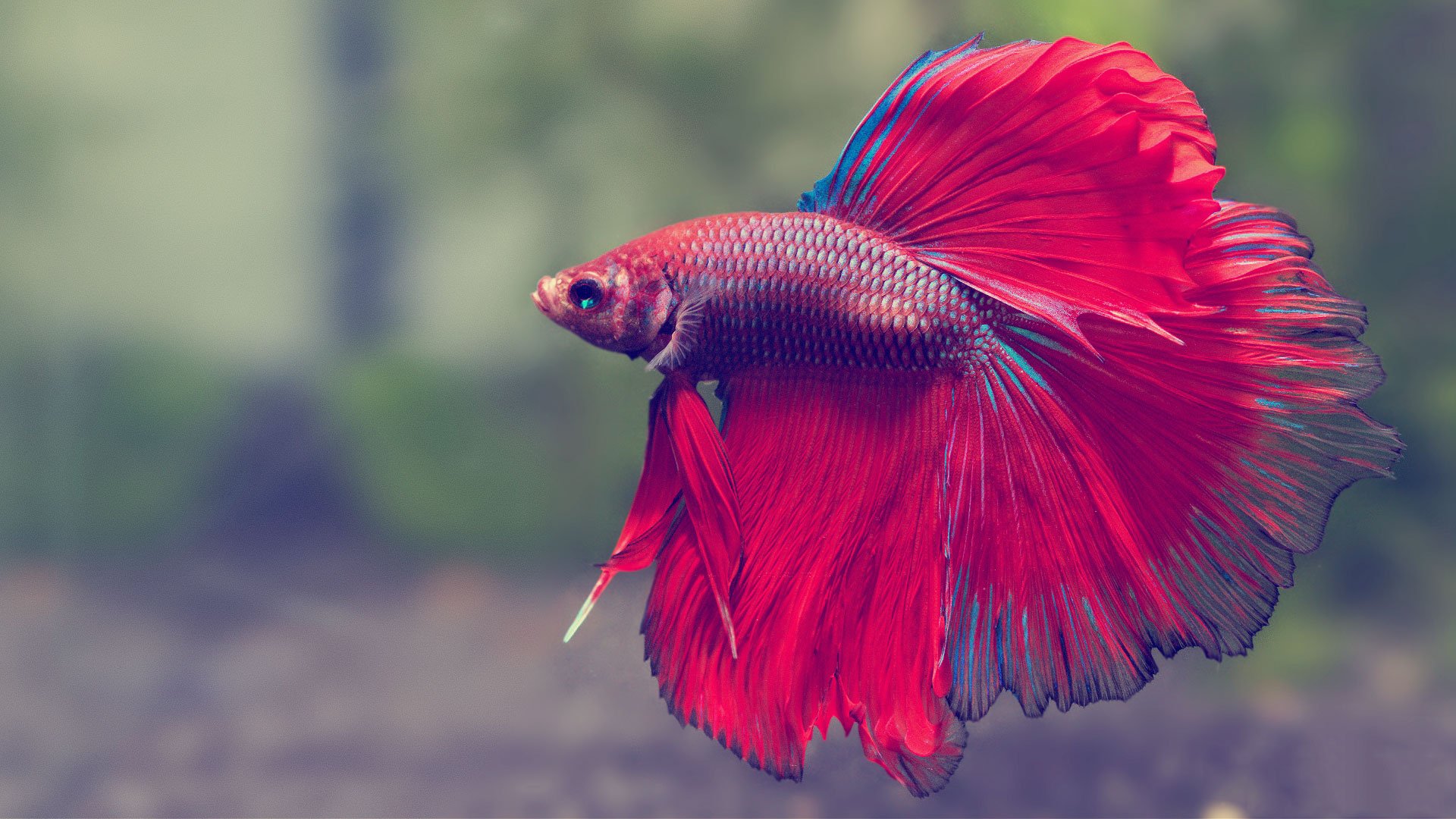Breeding Betta Fish: a Comprehensive Step-By-Step Guide to Effectively Raising Baby Bettas From Eggs to Adulthood
Breeding Betta fish is a careful endeavor that needs cautious preparation and implementation to ensure the effective development of fry from eggs to mature fish. As the male Betta vigilantly constructs a bubble nest and guards the priceless eggs, the succeeding stages of care and change demand focus to detail and knowledge of best techniques.

Picking Breeding Pairs
When starting the journey of breeding Betta fish, picking the ideal reproduction sets is critical to accomplishing desirable traits and a healthy lineage - betta fish. The initial step in this process is to recognize the particular attributes you wish to improve or preserve, such as color, fin type, and physique. It is necessary to pick genetically diverse sets to prevent inbreeding, which can bring about health and wellness problems and unwanted attributes
Evaluate prospective breeding candidates thoroughly. A healthy and balanced male Betta must show lively colors, an active demeanor, and well-formed fins, while the woman must additionally show dynamic pigmentation and a rounded stomach, indicating readiness for spawning. Observing the personality of both fish is essential, as aggressive or extremely reluctant individuals may not breed successfully.
Maintaining records of the parent fish's ancestry can assist you track hereditary traits and possible issues. Eventually, spending time in the selection process will substantially enhance the likelihood of creating strong, lively offspring that meet your reproduction goals.

Preparing the Breeding Tank
Creating an optimum reproduction environment is a key step after choosing suitable sets for Betta fish. The reproduction container ought to be particularly created to give convenience and stimulate the natural breeding actions of the fish. Begin with a tank dimension of a minimum of 10 gallons to make sure sufficient area for both the man and female Bettas.
Maintain a gentle filtering system to maintain the water tidy while avoiding solid currents that can worry the fish. Furthermore, an air stone can be included in offer oxygenation without interrupting the water surface area too much.
Temperature regulation is critical; aim for a steady variety of 78-82 ° F(25-28 ° C) utilizing a reputable heating unit. The pH degree should be kept between 6.5 and 7.5, and routine water adjustments are required to make sure high water quality.
Incorporate floating plants or generating sponges to develop hiding places for the lady, while additionally motivating bubble nest structure by the man - betta fish. Ensure the container is complimentary from sharp decorations and any type of potential dangers, as the well-being of the fish need to always be prioritized throughout this vital stage of reproduction.
The Reproduction Process
Normally, the reproducing process for Betta fish involves a series of distinct and evident behaviors that show readiness for recreation. The male Betta starts by building a bubble nest at the water's surface area, which functions as a site for the fertilized eggs. This nest is vital, as it gives a risk-free atmosphere for the eggs until they hatch out.
When the nest is developed, the male will display courtship behaviors, such as flaring his fins and exhibiting vivid shades to draw in the lady. The female, upon picking up the man's preparedness, will certainly react by showing vertical stripes along her body, signifying her receptiveness.
When the women approaches, the male takes part in a breeding dance, typically bring about a welcome called the "spawning." Throughout this accept, the woman releases her eggs, which the male fertilizes immediately. The fed eggs after that are up to the bubble nest, where the male thoroughly collects and returns them to the nest. Following this, the male thinks obligation for protecting the nest and ensuring the safety and security of the eggs up until they hatch, commonly within 24-36 hours. This phase is essential in the reproducing process, laying the structure for successful fry development.
Caring for Betta Fry
Caring for Betta fry calls for cautious focus to their environment and nourishment to ensure healthy development and development. After hatching, Betta fry are very small and at risk, necessitating a steady and tidy habitat.
Feeding Betta fry is just as essential. Originally, they should be provided infusoria or carefully smashed high-grade fry food, as their mouths are as well tiny to deal with bigger particles. As they expand, you can progressively introduce larger foods, such as baby brine shrimp or powdered flakes, to ensure they get appropriate nourishment. Feed them tiny quantities numerous times a day, bewaring not to overfeed, which can lead to water quality issues.
Transitioning to Grownup Bettas
As Betta fry fully grown, transitioning them to grown-up Bettas is a vital phase that requires careful monitoring of their setting and social communications. This process normally begins when the fry reach around six weeks old, at which this website factor they can be slowly introduced to a more organized living setting.
To promote this transition, it is necessary to make sure that the water specifications-- such as temperature, pH, and ammonia levels-- are optimal and steady. Adult Betta fish prosper in warm water (around 78-80 ° F) with a pH of 6.5 to 7.5. Progressively adjust the fry to these problems to reduce stress and anxiety.
Social interactions are an additional essential variable; male Bettas are infamously territorial and aggressive. It is advisable to separate men into specific tanks as they grow. Female Bettas can be housed together, yet care must be taken to keep track of for indicators of aggression.
In addition, dietary modifications must be made as the fry expand. Integrate top quality go to the website pellets and browse around this site live foods to support their development and wellness. By managing these aspects properly, you can promote an effective change to adulthood for your Betta fish.

Final Thought
Successful breeding of Betta fish calls for mindful interest to information throughout the entire process, from selecting genetically varied sets to providing optimum treatment for fry. Furthermore, a balanced diet plan and gradual adjustment to grown-up atmospheres are essential for the growth and development of Betta fish.
Comments on “Betta Fish Care: Important Tips for a Healthy and Pleased Family Pet”